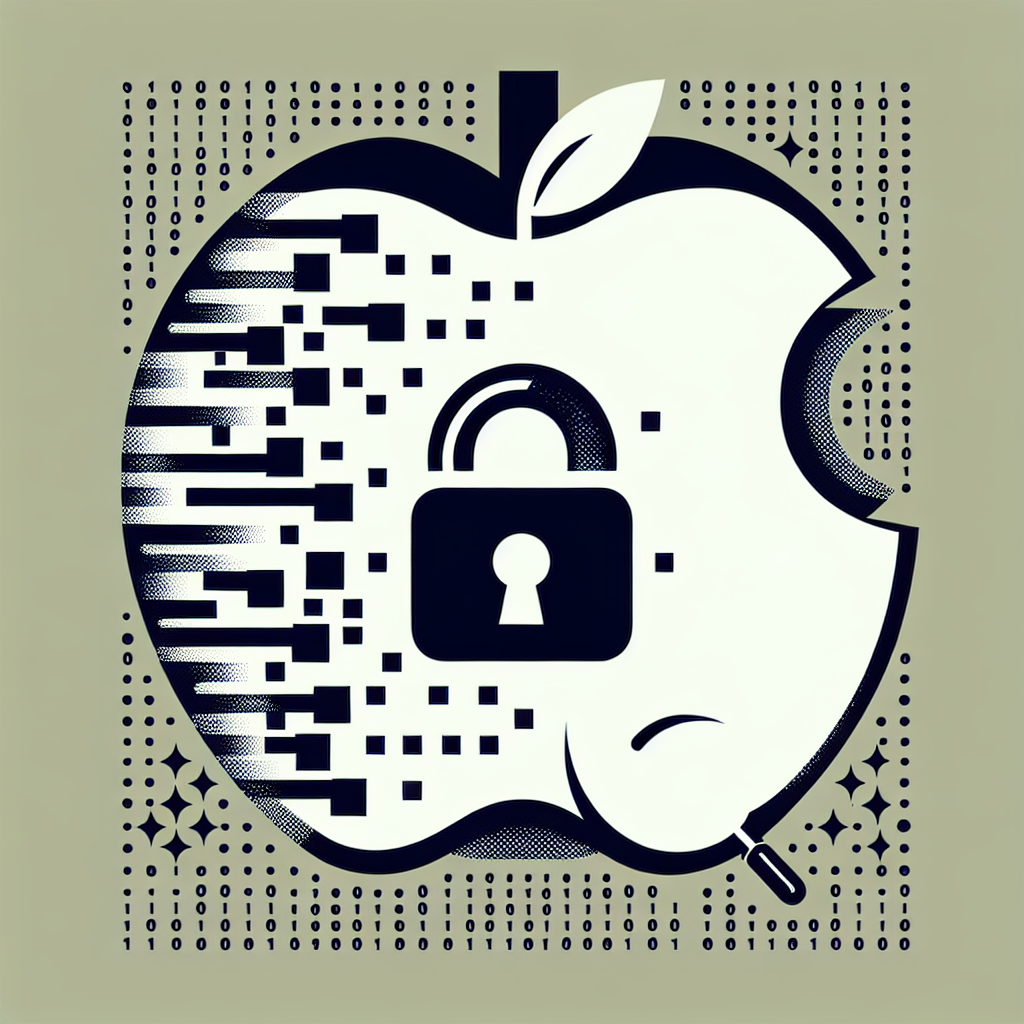Secret CISO 9/2: Netherlands & Illinois Healthcare Breaches, AT&T & Google Data Exposures, Apple ID Leak, QNAP Patches, AI Chatbot Risks, Google Web Designer Flaw

Welcome to today's edition of Secret CISO, where we unravel a web of vulnerabilities that have shaken the digital landscape. In a world where data is the new currency, breaches are becoming alarmingly frequent, and today's stories are no exception.
We begin with a chilling revelation from the Netherlands, where a clinical diagnostics breach has compromised the sensitive records of 850,000 patients, raising the stakes for healthcare data protection. Meanwhile, in Illinois, Excelsior Orthopaedics faces a similar crisis, exposing nearly 400,000 patients' information and spotlighting the fragility of healthcare data management.
As if healthcare wasn't enough, telecommunications giant AT&T finds itself in the crosshairs, with hackers claiming a breach affecting 24 million users. This incident serves as a stark reminder of the relentless challenges in securing telecom data.
In the digital realm, a Salesforce-related breach has opened the floodgates for phishing scams targeting Gmail users, while TransUnion's breach affecting 4.5 million US consumers underscores the growing threat of third-party cyberattacks.
But the breaches don't stop there. A massive exposure of 184 million unencrypted Apple ID logins reveals a glaring vulnerability, emphasizing the urgent need for robust encryption measures. Meanwhile, QNAP's release of security patches for its VioStor NVR systems highlights the critical importance of timely updates in safeguarding sensitive data.
In a twist of irony, the world depends on a single, overworked developer maintaining a crucial Node.js tool, illustrating the precariousness of relying on under-resourced open-source projects. And as AI chatbots reveal their susceptibility to manipulation, the need for fortified safety protocols becomes ever more pressing.
Finally, a vulnerability in Google Web Designer allows hackers to take over client systems, underscoring the persistent challenges in securing web development tools. Today's stories are a stark reminder of the ever-evolving cybersecurity landscape and the imperative for vigilance and innovation in defense strategies.
Data Breaches
- Clinical Diagnostics Data Breach: 850,000 patients' sensitive records were compromised in one of the Netherlands' most severe cyber incidents. This breach has raised significant concerns about data protection in the healthcare sector. Source: Cybernews
- Excelsior Orthopaedics Data Breach: Nearly 400,000 patients had their sensitive information exposed due to a data security incident at the Illinois-based orthopaedic care provider. The breach highlights vulnerabilities in healthcare data management. Source: Teiss
- Fresh AT&T Data Breach: Hackers claim to have impacted 24 million users, with the breach announced on an underground forum known for trading data leaks. This incident underscores the ongoing challenges in securing telecommunications data. Source: Cybernews
- Hackers Hit Gmail Users After Massive Google Data Breach: A Salesforce-related data breach exposed contact details, now being exploited in phishing scams targeting Gmail users. This breach emphasizes the risks associated with third-party integrations. Source: San Antonio Express-News
- TransUnion Breach Affects 4.5 Million US Consumers: Personal information of millions was exposed via a third-party app, highlighting the increasing threat of third-party cyberattacks. This incident follows similar breaches affecting major financial institutions. Source: Dig Watch
Security Research
- Massive Breach Exposes 184M Unencrypted Apple ID Logins in 47GB Database: A significant security breach has exposed 184 million unencrypted Apple ID logins, revealing a massive vulnerability in data protection. The breach, discovered by security researcher Jeremiah Fowler, highlights the critical need for enhanced encryption measures to safeguard user information. Source: WebProNews.
- QNAP Releases Security Patches for Critical Vulnerabilities in VioStor NVR Systems: QNAP has issued security patches to address critical vulnerabilities in its VioStor NVR systems, identified by security researcher Hou Liuyang of 360 Security. These vulnerabilities could potentially allow unauthorized access to sensitive data, emphasizing the importance of timely updates and patch management. Source: RedHotCyber.
- The Whole World Depends on One Overworked, Underpaid Developer, Who Might Be from Moscow: Security researchers at Hunted Labs have spotlighted the "fast-glob" utility, a crucial Node.js tool maintained by a single developer. This scenario underscores the risks associated with relying on under-resourced open-source projects, which can become critical points of failure in global cybersecurity. Source: CyberNews.
- AI Chatbots Can Be Persuaded To Break Rules, New Study Flags Gaps In Suicide Queries: A recent study reveals that AI chatbots can be manipulated into violating safety protocols, particularly in sensitive areas like suicide prevention. This finding raises concerns about the robustness of AI systems and the need for improved safeguards to prevent misuse. Source: YouTube.
- Google Web Designer Vulnerability Lets Hackers Take Over Client Systems: Security researcher Bálint Magyar has uncovered a critical vulnerability in Google Web Designer, allowing attackers to execute remote code on client systems. This flaw, affecting versions prior to 16.4.0.0711, highlights the ongoing challenges in securing web development tools. Source: GBHackers.
Final Words
As we wrap up today's edition of Secret CISO, it's clear that the digital landscape is fraught with challenges and vulnerabilities. From healthcare data breaches affecting millions of patients to massive leaks of unencrypted Apple ID logins, the need for robust cybersecurity measures has never been more urgent. Each incident serves as a stark reminder of the importance of vigilance, timely updates, and the continuous improvement of our security protocols.
Whether it's the exposure of sensitive information through third-party apps or the exploitation of vulnerabilities in widely-used software, the stories we've shared today highlight the interconnected nature of our digital world. They underscore the critical need for collaboration and shared knowledge in our fight against cyber threats.
We hope you found today's insights valuable and thought-provoking. If you did, please consider sharing this newsletter with your friends and colleagues. By spreading awareness, we can collectively strengthen our defenses and foster a more secure digital environment for everyone.
Stay safe, stay informed, and join us again tomorrow for more updates and insights from the world of cybersecurity.




